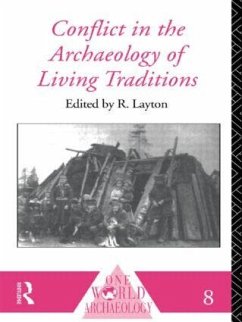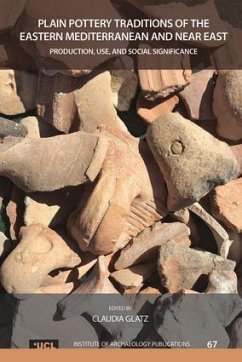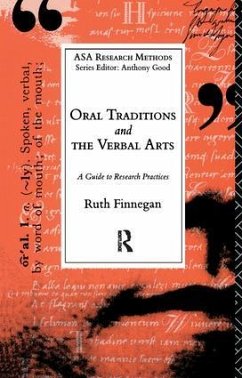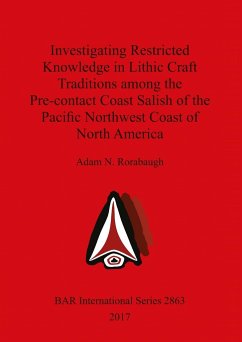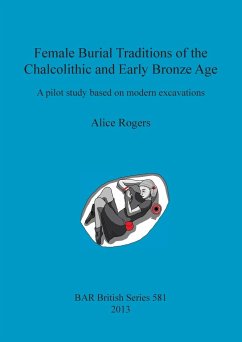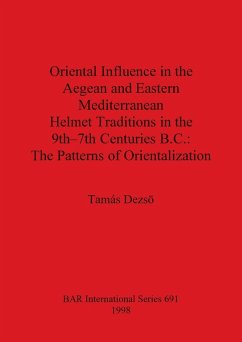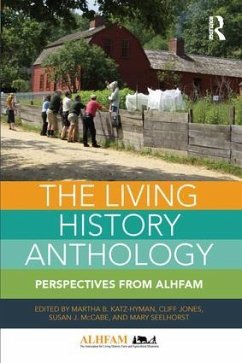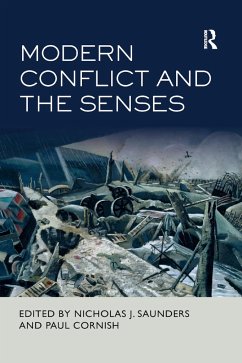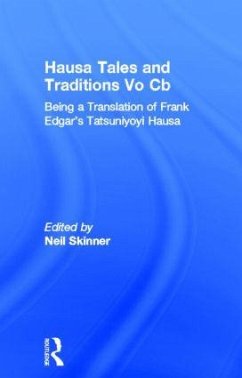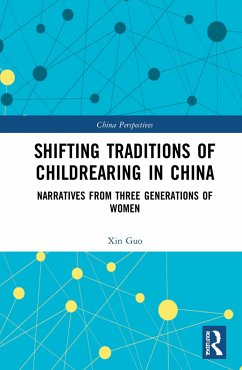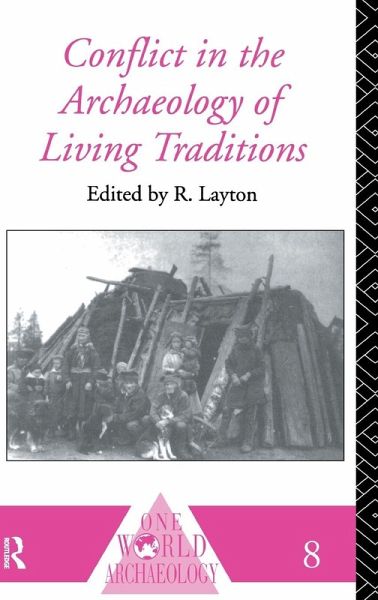
Conflict in the Archaeology of Living Traditions
Versandkostenfrei!
Versandfertig in 1-2 Wochen
179,99 €
inkl. MwSt.
Weitere Ausgaben:

PAYBACK Punkte
90 °P sammeln!
First text to address the contentious issues raised by the pursuit of archaeology and anthropology in the world today. Calls into question the relationship between western scholars and the contemporary cultures they study.





